Understanding hypoallergenic metals is crucial, especially for individuals with sensitive skin or metal allergies. The 3 metals considered the most hypoallergenic are 24 Karat gold, platinum, and niobium. It is important to note that these metals are least likely to cause reactions and people can still be allergic to them.
Let’s proceed with our exploration of hypoallergenic metals, providing you with the necessary knowledge to manage allergies or sensitivities to metals for yourself or a loved one.
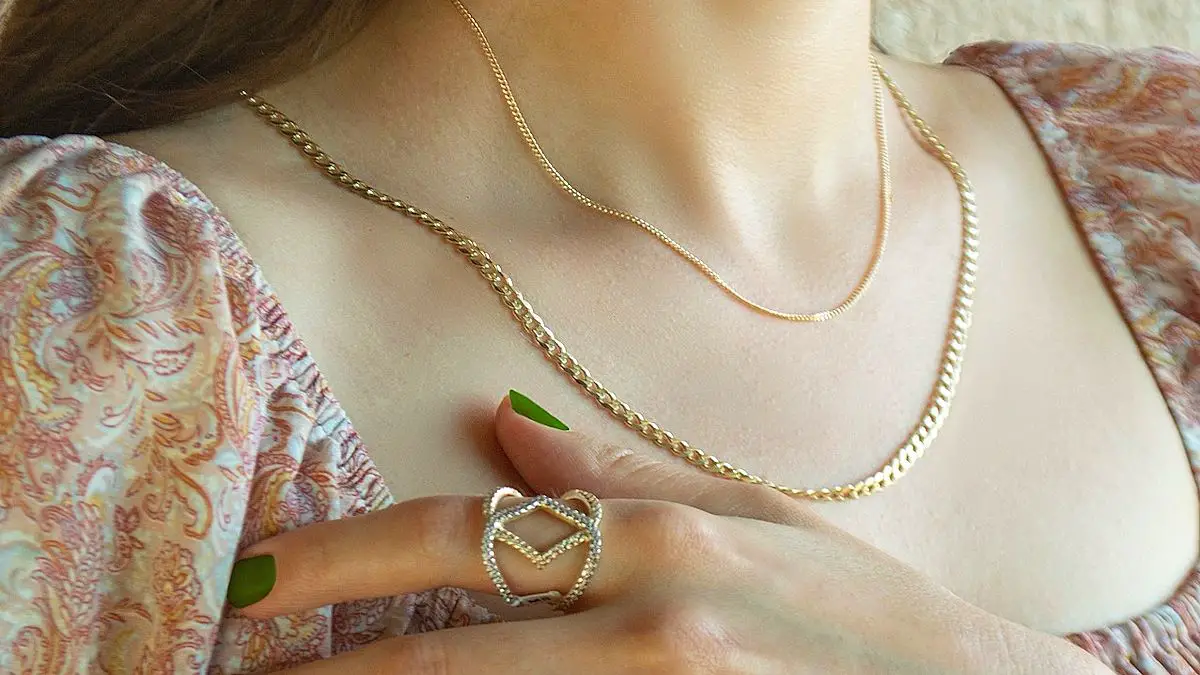
Hypoallergenic Metals
Hypoallergenic metals are less prone to causing allergic reactions, such as contact dermatitis, in individuals with sensitive skin or metal allergies. Opting for hypoallergenic metals can effectively lower the risk of skin irritation and enhance comfort for those with metal allergies or sensitivities.
Solid Gold (24K)

Solid gold, specifically 24-karat gold, is considered one of the best hypoallergenic metals. This is because pure gold (24K) contains only gold without any other metals, reducing the potential for allergic reactions.
Allergies to pure gold are uncommon, and reactions usually arise from impurities present in non-pure gold items.
For instance, gold items labeled as 14K consist of 14 parts gold and 10 parts another metal, making them approximately 58% gold and 42% another metal. Allergic reactions typically stem from the composition of the 42% other metals in such items.
Platinum
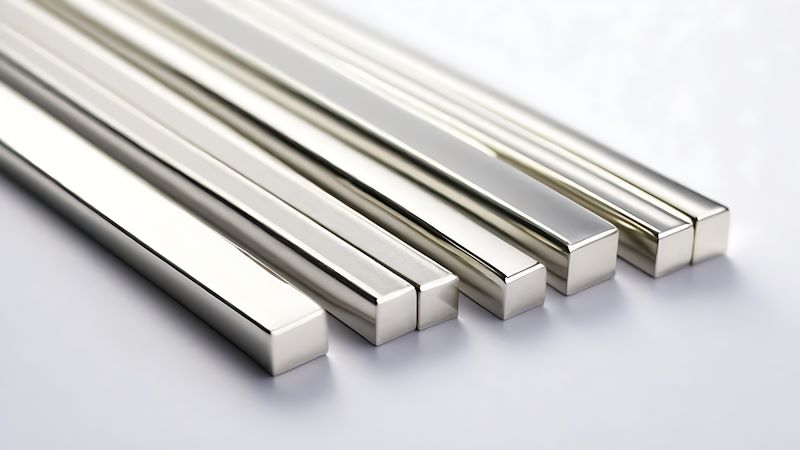
In its purest state, platinum is acknowledged as a hypoallergenic metal. Typical hallmarks for the highest quality platinum include “PLAT,” “950 Plat,” or “PT950,” indicating that the item is composed of at least 95% pure platinum. The remaining 5% in platinum jewelry is typically iridium or ruthenium, contributing to its strength and durability.
Niobium
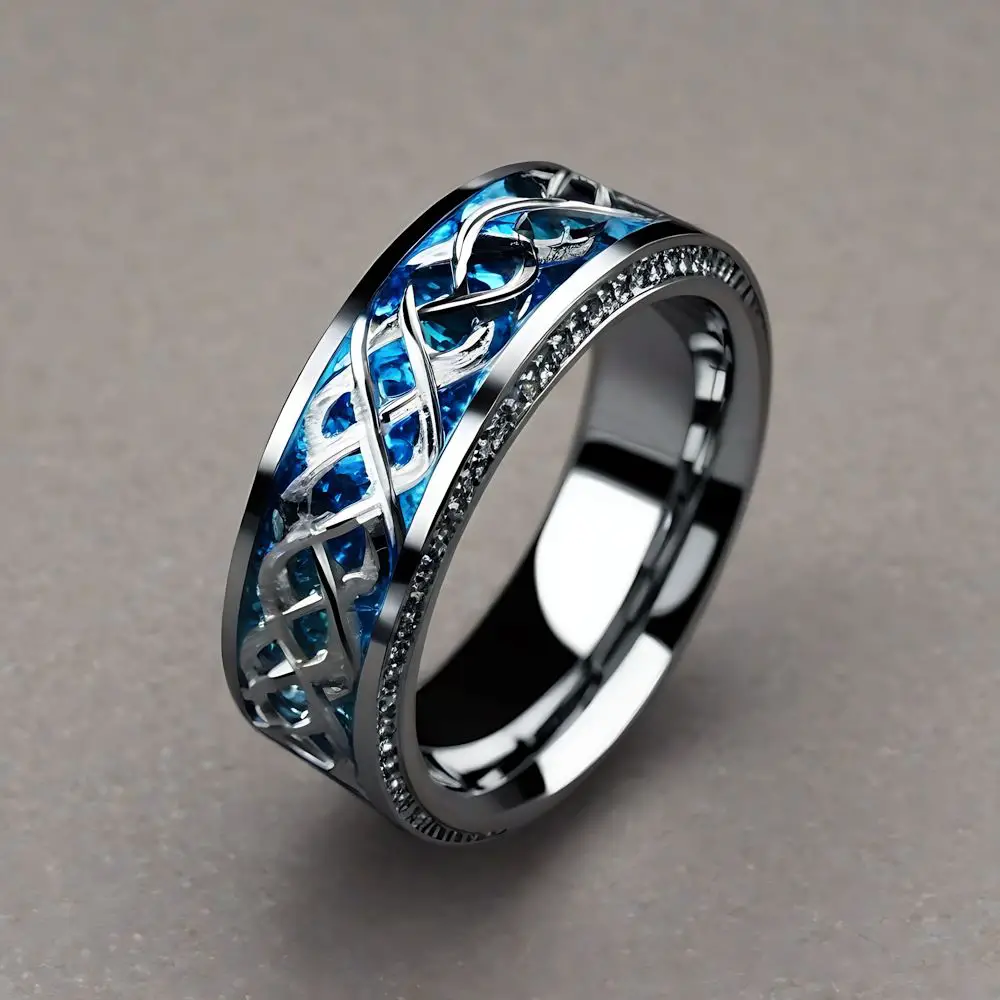
Niobium is corrosion-resistant and does not react with body fluids, making it a suitable option for people with sensitive skin or metal allergies. It is often used in producing hypoallergenic metal jewelry, such as earrings and body piercings, providing a safe and well-tolerated alternative to some other metals. Niobium jewelry is usually mixed with titanium to give it additional strength.
Palladium
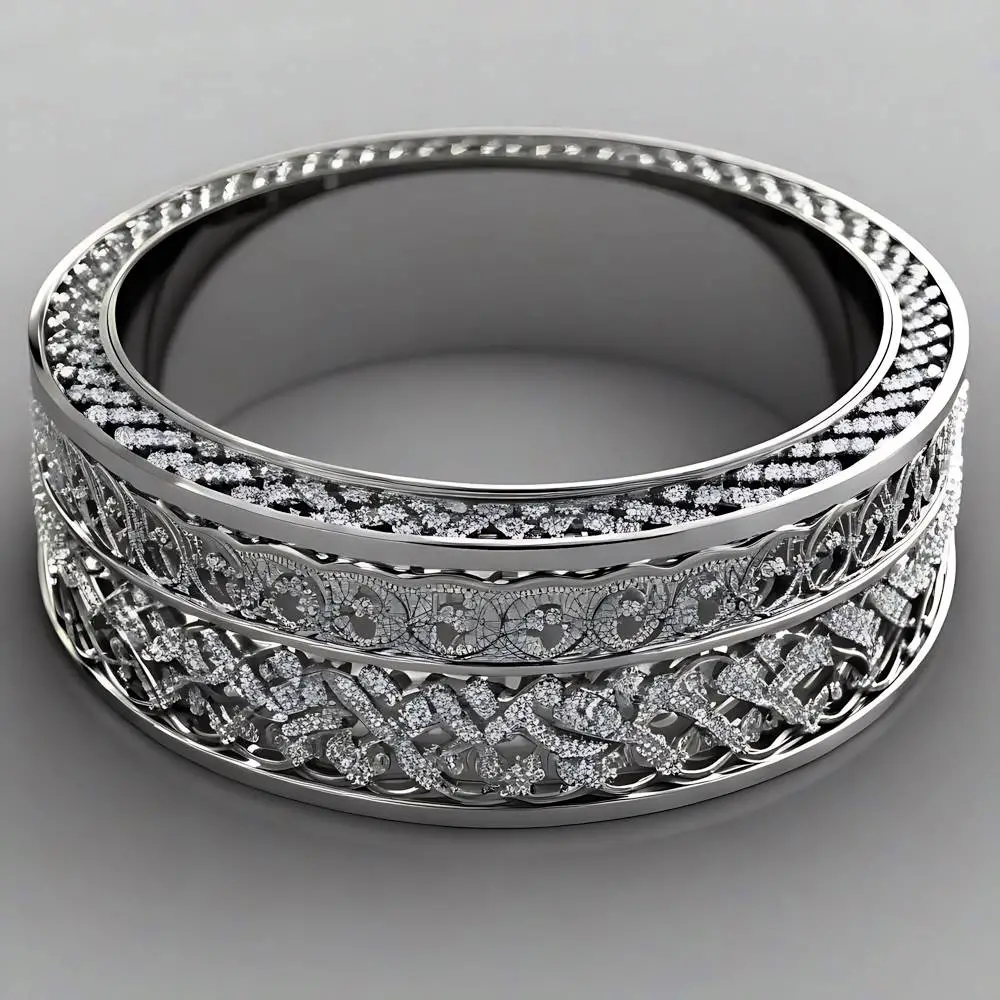
Palladium is generally considered a hypoallergenic metal. It is a precious metal that is part of the platinum group of elements and is known for being well-tolerated by most people. Palladium is often used in jewelry as an alternative to white gold or platinum for individuals with metal sensitivities or allergies.
Palladium is occasionally blended with other metals, so it’s essential to be aware of the composition of those metals before making a purchase.
The marking for pure palladium in jewelry is “Palladium” or “Pd” followed by a purity percentage, such as “Pd 950” indicating 95% palladium content.
Palladium is usually a safer bet with metal sensitivities since the other 5% in palladium is usually gold or titanium.
Titanium
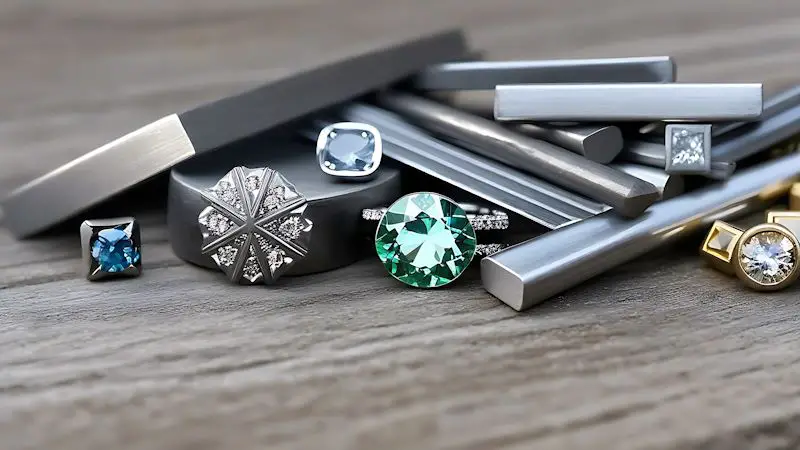
Titanium is a hypoallergenic metal, recognized for its lightweight properties and minimal likelihood of causing allergic reactions. Proceed with some caution as numerous titanium products consist of titanium alloys, which implies they are blended with other metals.
It is crucial to be aware of the composition of these metals if you have allergies or sensitivities to other metal types. When shipping for earrings, I recommend exploring the best titanium earrings for sensitive ears list, or directly from a brand like Tini Lux.
What is in titanium alloys?
In the realm of jewelry, the predominant titanium alloy is Ti-6Al-4V or Grade 5 titanium. This alloy consists of 90% titanium, 6% aluminum, and 4% vanadium.
Ti-6Al-4V is preferred for jewelry due to its sought-after traits—lightweight, durability, and hypoallergenic properties—combined with the enhanced strength and hardness derived from aluminum and vanadium.
Tungsten
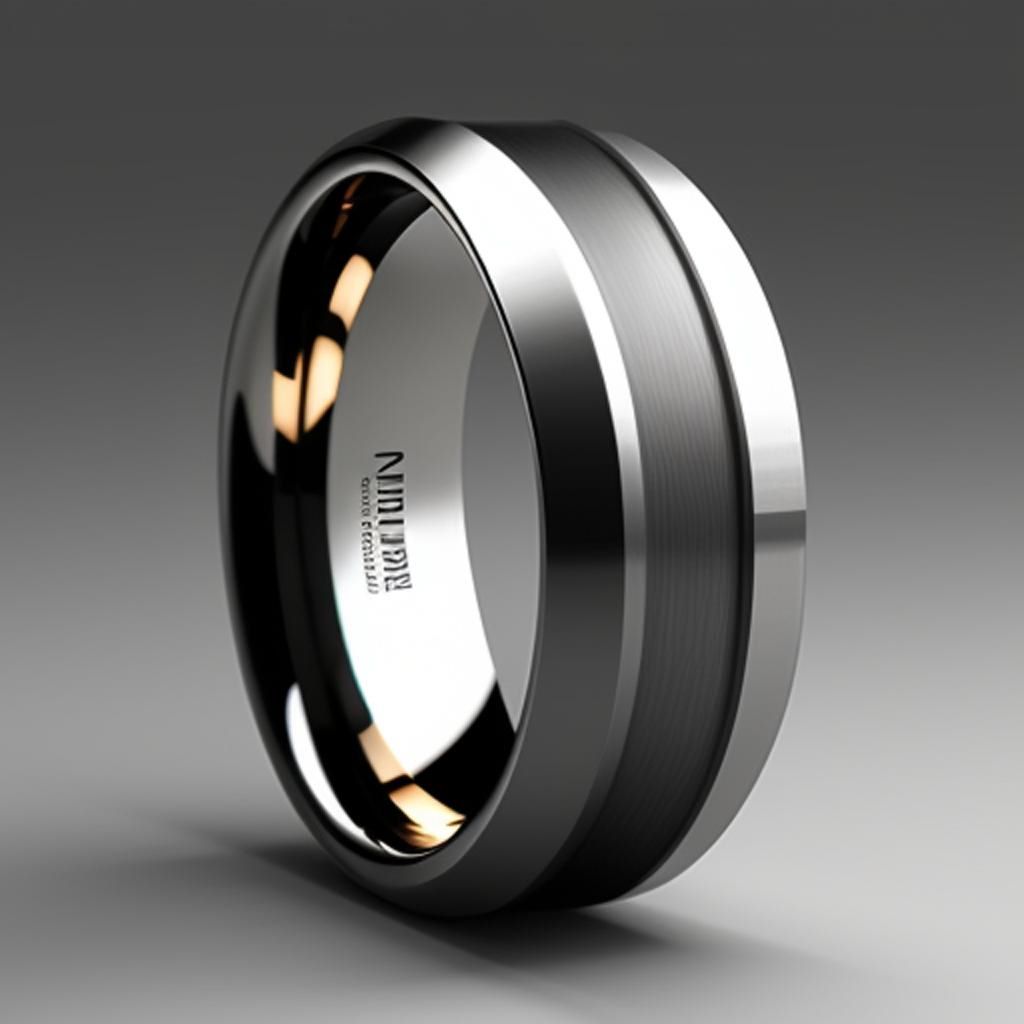
Pure tungsten is regarded as a hypoallergenic metal; however, when tungsten products are blended with metals such as nickel and cobalt, potential issues may arise for individuals with metal allergies or sensitivities.
It’s important to be aware of the specific composition of tungsten items to ensure they meet individual preferences and avoid any adverse reactions.
Tungsten products may indicate the percentage of tungsten content. Pure tungsten would have 100% tungsten. However, this is less common in commercial jewelry.
A marking of TC 850 signifies that the item is tungsten carbide (TC), and is 85% (850) pure tungsten, and 15% of other metals.
Stainless Steel
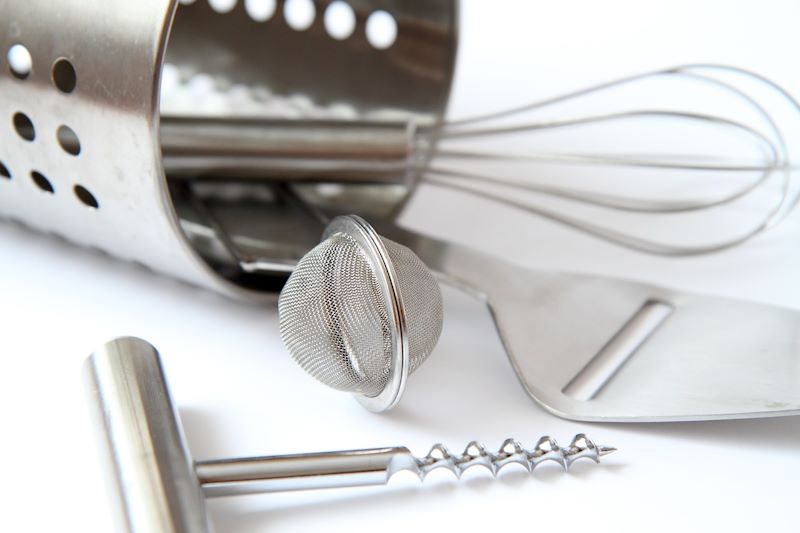
Stainless steel is considered a hypoallergenic metal and is a popular choice for cookware, jewelry, appliances, and more. Its corrosion resistance and durability make it an excellent option if you are not allergic to one of its “ingredients”.
Potential Metals in Stainless Steel
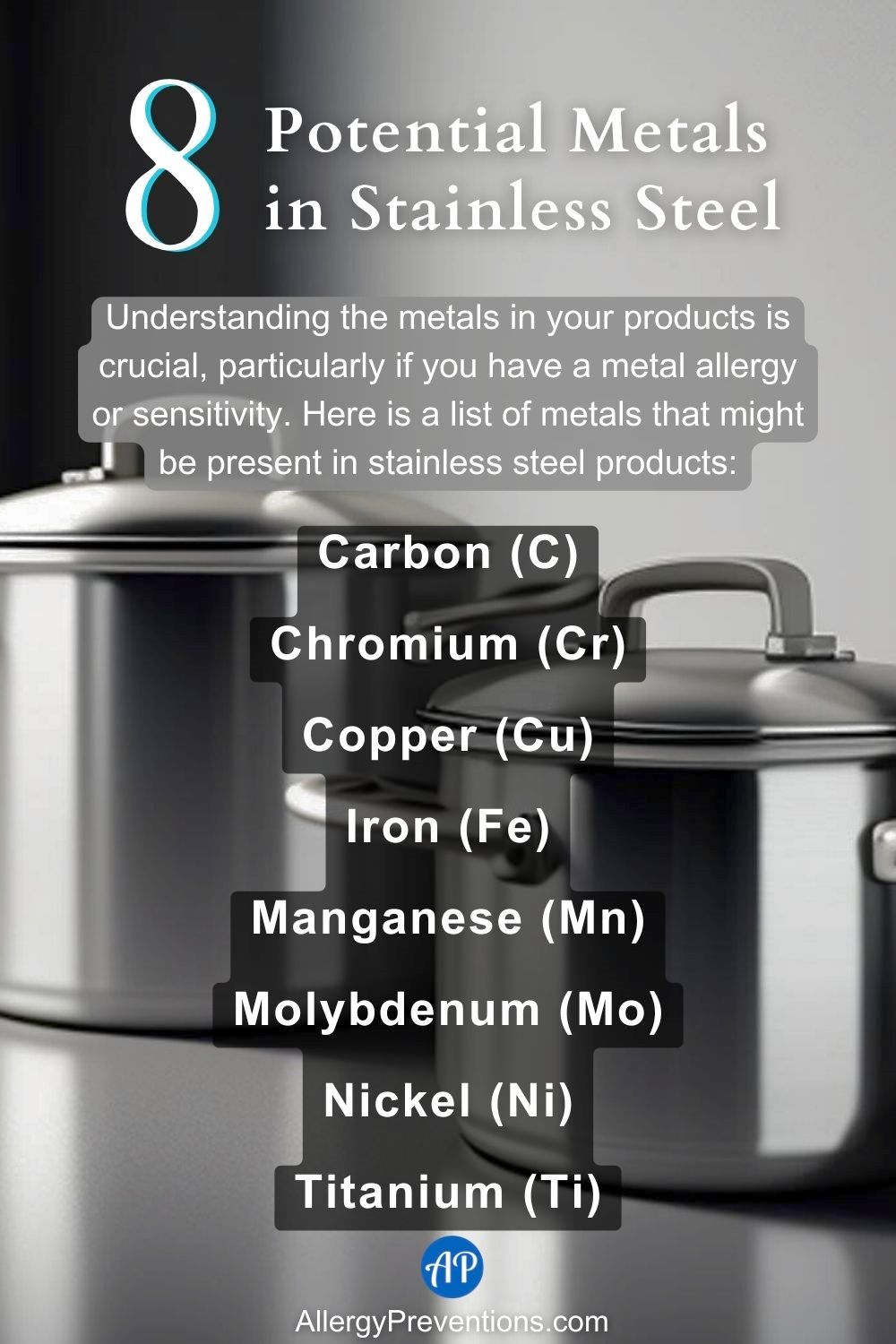
Stainless steel is predominantly crafted from iron, chromium, nickel, and trace amounts of additional alloying elements. This composition renders stainless steel a variable option in terms of being labeled “hypoallergenic.” The following is a list of metals that could be present in stainless steel products:
- Carbon (C): Strengthens the steel but can reduce corrosion resistance. The carbon content is generally kept low in stainless steel.
- Chromium (Cr): Provides corrosion resistance and durability. Chromium content is a key factor in defining different grades of stainless steel.
- Copper (Cu): Sometimes added for specific applications, such as improving corrosion resistance in certain environments.
- Iron (Fe): The base metal for stainless steel.
- Manganese (Mn): Contributes to the strength and formability of the steel.
- Molybdenum (Mo): Improves corrosion resistance, especially in harsh environments.
- Nickel (Ni): Enhances corrosion resistance and gives stainless steel its luster. Not all stainless steel grades contain nickel, but it’s common in many alloys.
- Titanium (Ti): Stabilizes the structure of the steel and prevents the formation of harmful carbides.
Sterling Silver

Sterling silver, an alloy composed of 92.5% pure silver and 7.5% other metals (typically copper), is generally regarded as a hypoallergenic metal for most individuals. While pure silver itself is unlikely to trigger allergic reactions, the inclusion of other metals in sterling silver may potentially cause sensitivities in some people.
Copper, a common component in sterling silver, has the potential to induce skin discoloration in certain individuals due to oxidation. Nevertheless, allergies to sterling silver are uncommon.
Summary
Numerous metals are deemed hypoallergenic, but they might still include elements to which you are allergic. I urge you to read more about metal allergies if you are uncertain which specific metal causing your sensitivity.
Looking to find hypoallergenic earrings? Titanium is a great option, and we have curated a list of the best titanium earrings for sensitive ears, check it out!
